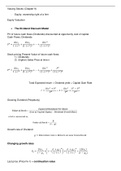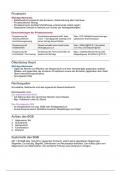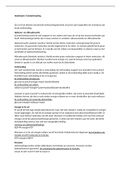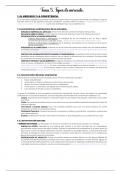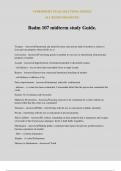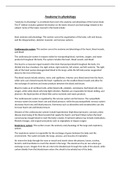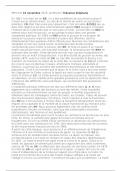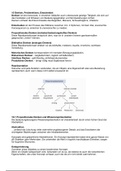Zusammenfassung
Finance 2 Full Course Summary
- Kurs
- Hochschule
- Book
Full Course Summary of advanced Finance course in a later stage of the Bachelor. Mostly material on equity valuation, debt vs. equity financing and asset pricing such as CAPM as well as derivatives and real options.
[ Mehr anzeigen ]
